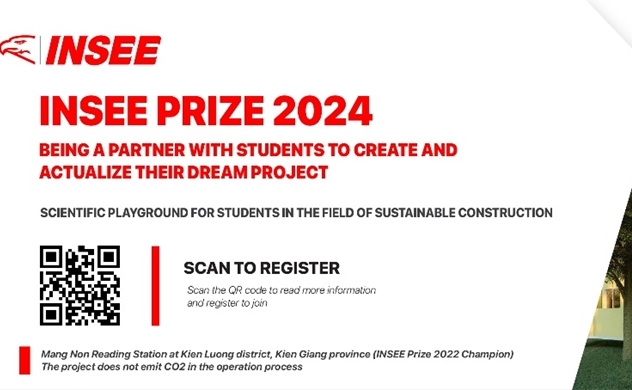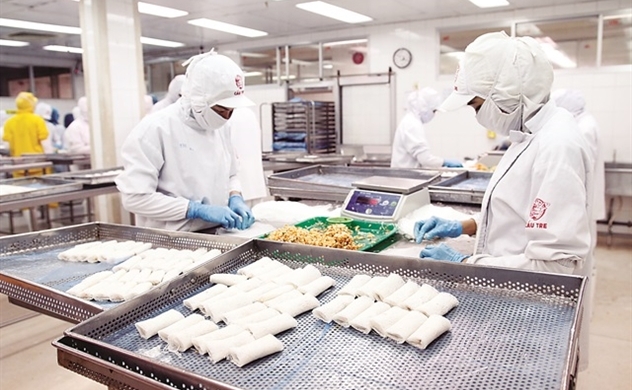Vietnam places its bets on new airports to increase supply chains and tourism
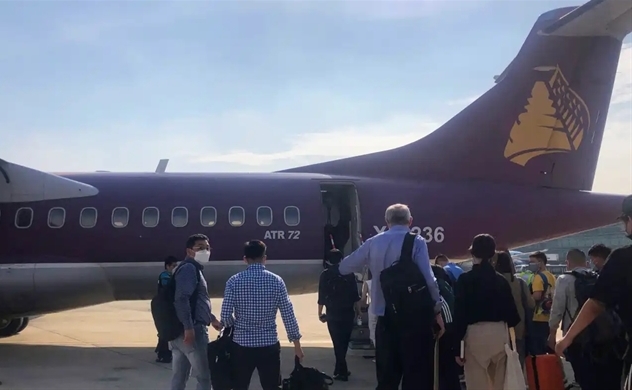
Vietnam is increasing the number of short-haul flights, which emit 100 times the carbon of road transport, despite targeting net-zero greenhouse gas emissions by 2050. Photo by Lien Hoang.
As an operating specialist for the government-owned Airports Corporation of Vietnam, Do Dieu Huyen is currently working to change that. The national plan to build or renovate airports across the nation includes more than simply technological facelifts. The plan: If we construct, trade and tourists will follow.
A June master plan aims for 30 airports by 2030, increasing from 23. Despite carbon reduction pledges, supporters argue expansion must align with the growing middle class and manufacturing sector.
"It's a big benefit to the Vietnamese economy, also contributing to the supply chain and export infrastructure," Huyen told Nikkei Asia.
Vietnam's largest airport, Tan Son Nhat, faces strains due to inefficiencies and increased passenger traffic. The airport is expected to handle double the 25 million flyers it was designed to handle next year, causing fuel and time costs. The logistics demand is also increasing, with Vietnam's air cargo expected to reach 270% of its current volume by 2030.
To improve supply chains and the travel industry, ACV wants to add an air cargo terminal to Hai Phong, a city in northern Vietnam that has Apple factories and a seaport for trade with China.
Vietnam's tourism industry is recovering from COVID restrictions, but overloaded airports are not the main attraction. The country plans a $4 billion expansion of Hanoi airport, a third terminal at Tan Son Nhat, and a new airport for the southern city.
The biggest challenge is linking it efficiently to downtown Ho Chi Minh City. Most airports are overcapacity. Taking a plane releases 100 times more carbon into the air than taking the train, bus, or shared car. Vietnam aims to achieve net-zero emissions by 2050.
Nguyen Minh Hieu, a lecturer at the University of Transport and Communications, told Nikkei that "air transportation between these provinces will raise emissions when airports are continuously constructed in neighboring provinces and cities."
Businesses still see potential in the future. Tan Son Nhat was the location of France Aviation Civile Services' air traffic control contract, and last week, project manager Marc Alvarez was in town looking to make deals with other airports.
Some French companies, like JCDecaux, are helping Vietnam grow by providing training and advertising services at airports. They plan to invest in Vietnam for decades, not just five years.
Source: Nikkei Asia
Same category news
-
Huyen Hoang
-
Arthur Do và Nick Wood
Latest news
-
Huyen Hoang

 TIẾNG VIỆT
TIẾNG VIỆT 
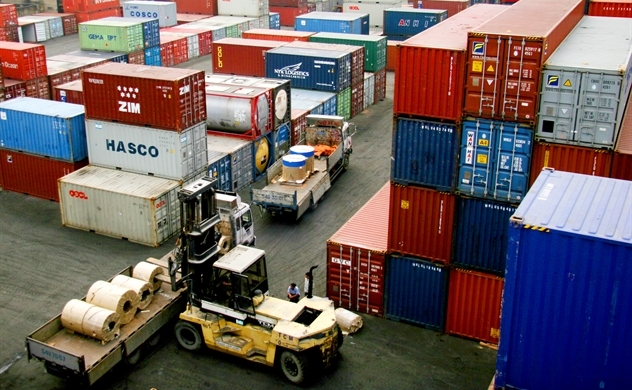
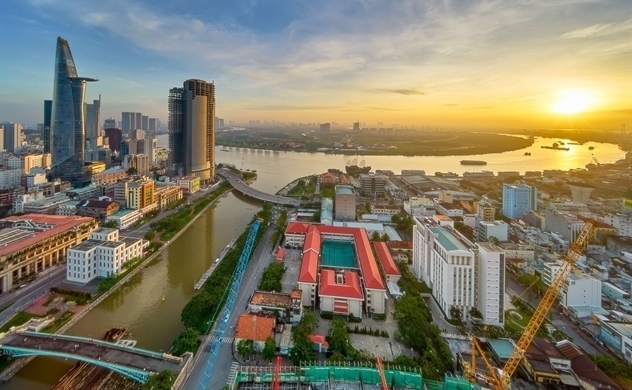
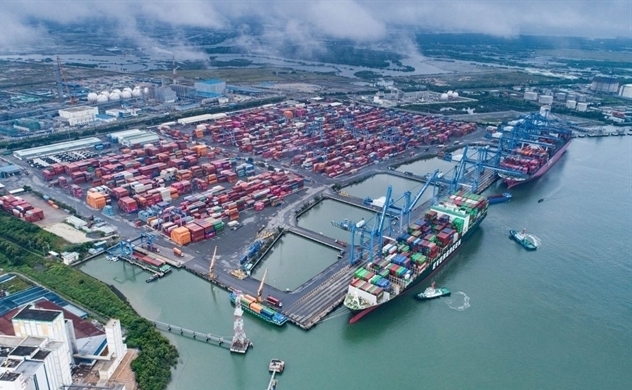
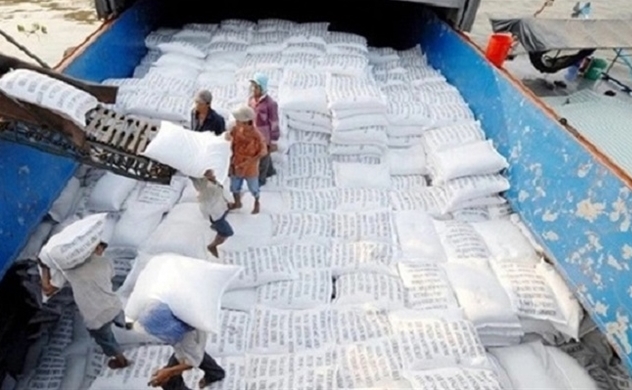
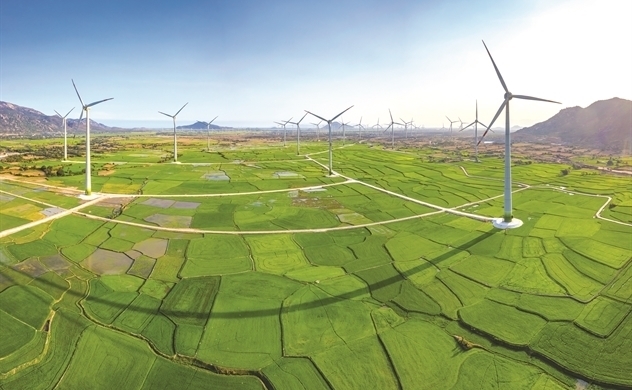

_291615658.jpg)
